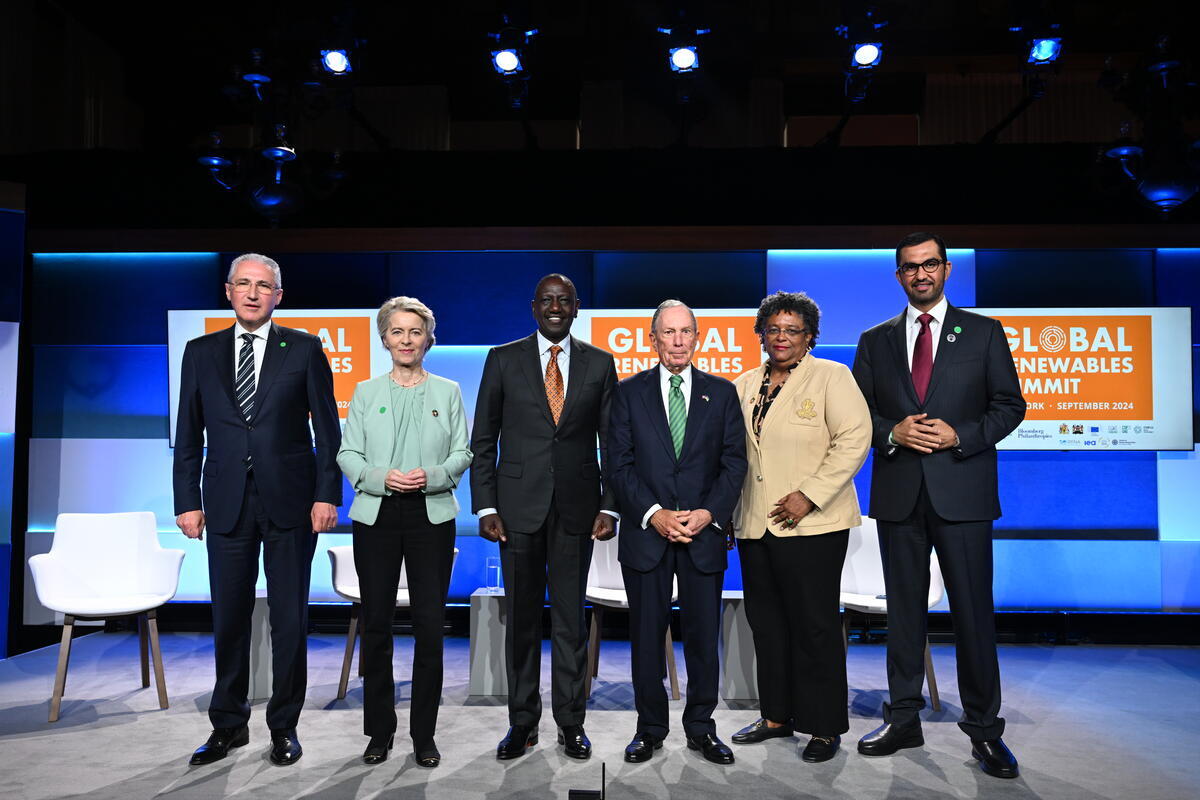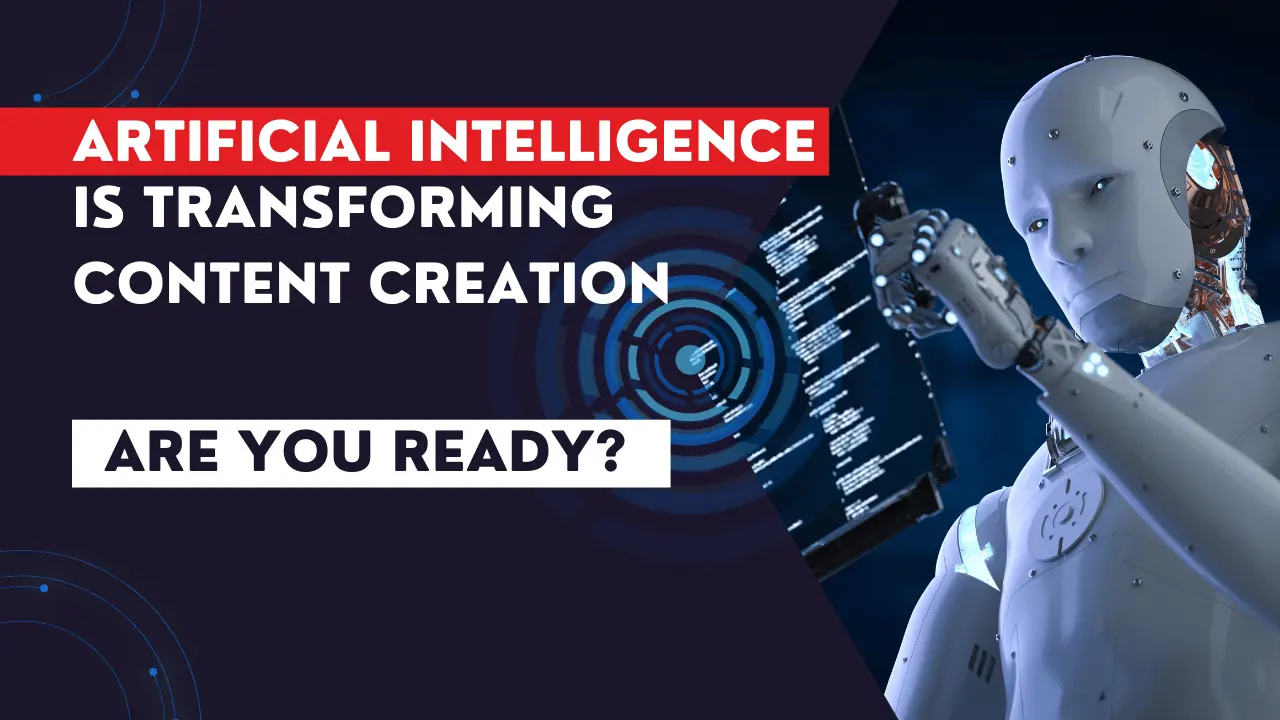Global Food Security Threatened by Climate Change
Recent reports from international organizations indicate that climate change is increasingly threatening global food security. Extreme weather events, droughts, and unpredictable rainfall patterns are reducing…
Global Climate Summit Yields Historic Agreements on Renewable Energy
World leaders recently convened for a high-profile Global Climate Summit, resulting in historic agreements to accelerate renewable energy adoption and…
AI-Powered Platforms Revolutionize Online Content Creation
Artificial intelligence is transforming how digital content is created, edited, and distributed. Platforms now leverage AI to automate writing, image…
Electric Vehicle Market Sees Rapid Growth Amid Policy Incentives
The global electric vehicle (EV) market is experiencing unprecedented growth, driven by government incentives, technological innovation, and consumer demand for…
Quantum Computing Breakthrough Promises Faster Problem Solving
Quantum computing has taken a major leap forward as researchers achieve breakthroughs in qubit stability and error correction. These advancements…
Electric Vehicle Market Sees Rapid Growth Amid Policy Incentives
The global electric vehicle (EV) market is experiencing unprecedented growth, driven by government incentives, technological innovation, and consumer demand for sustainable transportation. Countries worldwide are…
Electric Vehicle Market Sees Rapid Growth Amid Policy Incentives
The global electric vehicle (EV) market is experiencing unprecedented growth, driven by government incentives, technological…
Rihanna Launches Global Initiative to Empower Women Entrepreneurs
Rihanna, the Grammy-winning singer and entrepreneur, has unveiled a global initiative to support women in…
Quantum Computing Breakthrough Promises Faster Problem Solving
Quantum computing has taken a major leap forward as researchers achieve breakthroughs in qubit stability…
Electric Vehicle Market Sees Rapid Growth Amid Policy Incentives
The global electric vehicle (EV) market is experiencing unprecedented growth, driven by government incentives, technological…
Latest News
Rihanna Launches Global Initiative to Empower Women Entrepreneurs
Rihanna, the Grammy-winning singer and entrepreneur, has unveiled a global initiative to support women in business. The program offers mentorship,…
5G Technology Expansion Revolutionizes Global Connectivity
The rollout of 5G networks worldwide is reshaping the landscape of digital communication. With significantly higher speeds, lower latency, and…
Electric Vehicle Market Sees Rapid Growth Amid Policy Incentives
The global electric vehicle (EV) market is experiencing unprecedented growth, driven by government incentives, technological innovation, and consumer demand for…
Global Food Security Threatened by Climate Change
Recent reports from international organizations indicate that climate change is increasingly threatening global food security. Extreme weather events, droughts, and…
Zendaya Advocates for Mental Health Awareness Among Youth
Zendaya, the award-winning actress and singer, has launched a campaign focused on mental health awareness among young people. Using her…
Quantum Computing Breakthrough Promises Faster Problem Solving
Quantum computing has taken a major leap forward as researchers achieve breakthroughs in qubit stability and error correction. These advancements…
















